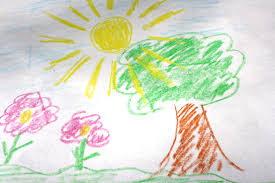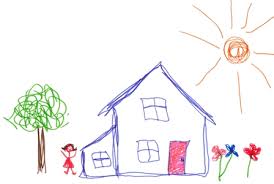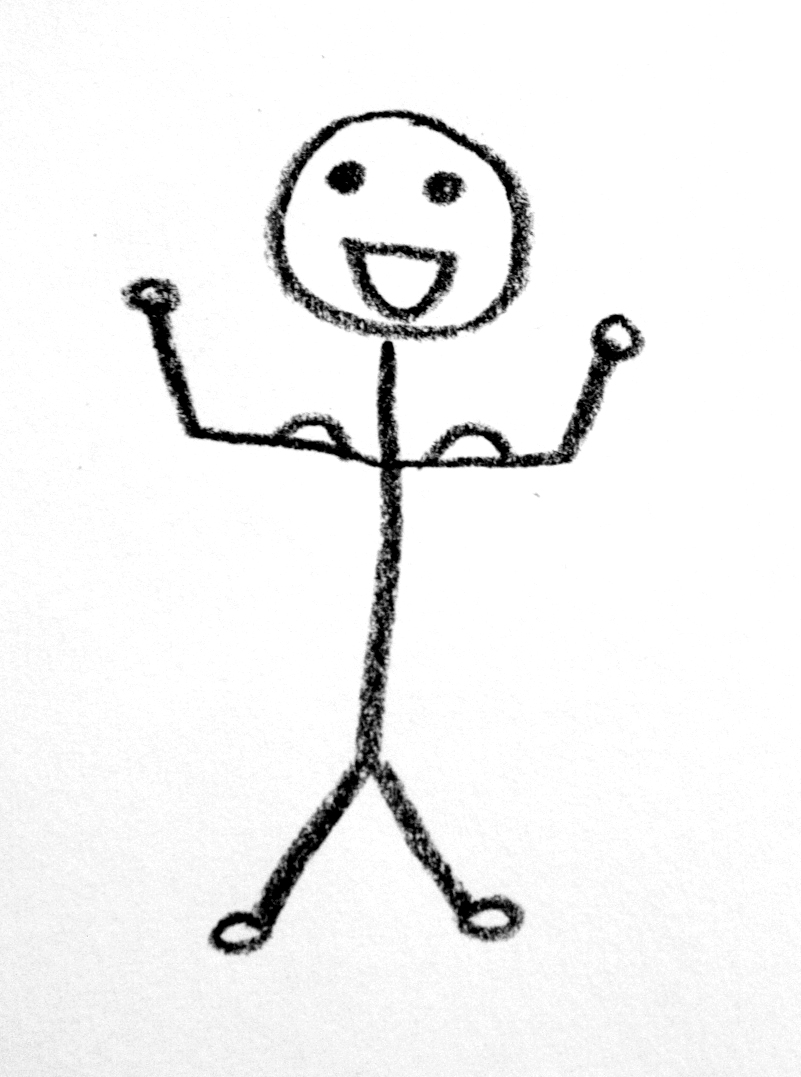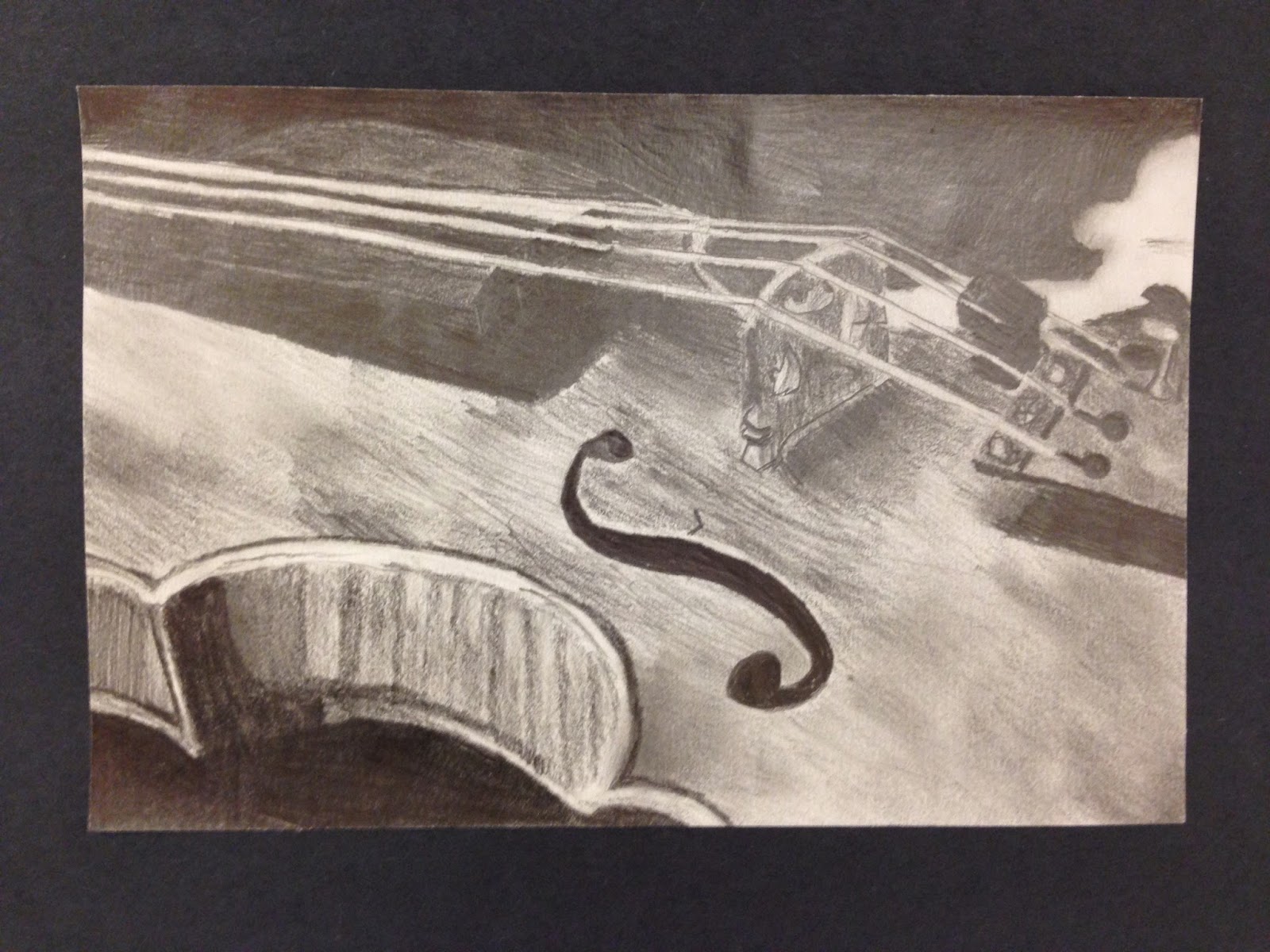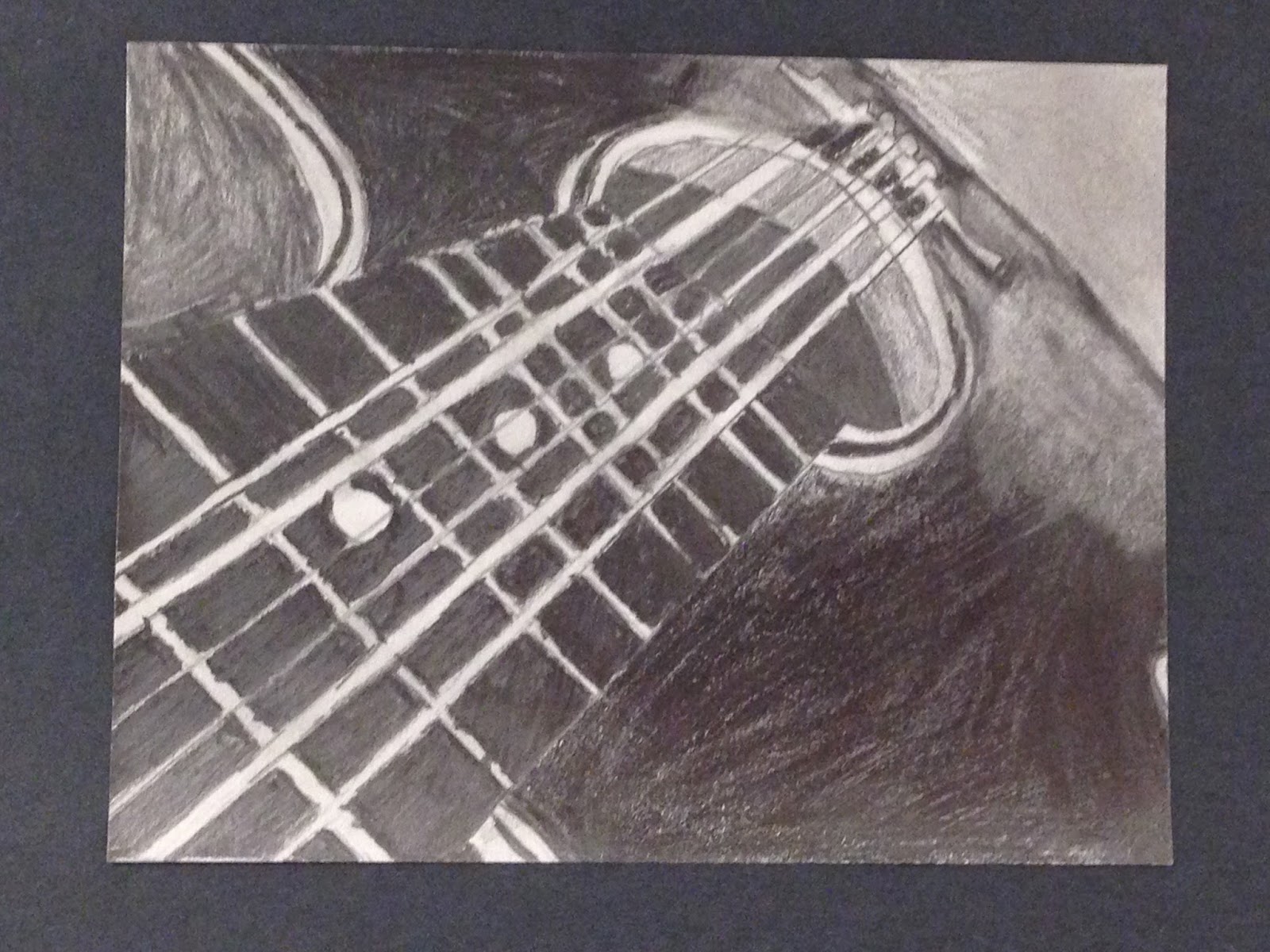Usually in the mold making industry the sculptor would create a face cast of its model. To stay within our budget we were limited in creating plaster mask forms of each of the students. This method sacrifices detail of the model but for our objective the plaster form worked adequately.
CREATING THE FACE CAST (on a budget)
This is an example of our students applying plaster gauze to the models face.
After the plaster form dried, the students drew main characteristic of their animal onto the plaster forms to prepare for clay application. They used their animal research for visual information.
CREATING THE CLAY POSITIVE
The students then began applying clay, building up the areas that were needed to convey the animal characteristics. Below are a few examples.
CREATING THE PLASTER MOLD
After detail was added to the clay positive, plaster was added to create the negative (the mold).
I prepared a thin mixture of plaster and the students began adding this to their masks. The thin mixture gets into all the nooks and crannies of the clay. This process is done slowly at first so the plaster doesn't run off the clay. The students worked slowly as they built up the plaster. Their goal was to have a 3/4-1" layer of plaster.
The next day the plaster mold was turned over and the students began taking out the clay positive. They worked carefully not to cause scarring or scratching on the inside of the plaster mold.
This mold is cleaned out and ready for the latex application. Can you tell what animal it is?
POURING THE LATEX (latex positive) Watch the video to see this process.
The latex is beginning to dry.
PULLING THE LATEX FROM THE PLASTER MOLD
Pulling the latex from the plaster mold is so exciting! The students have worked hard up to this point so it is a huge reward for them to see the fruits of their labor.























